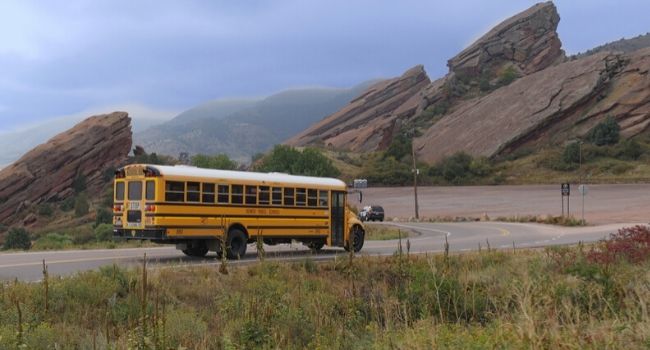
Douglas County, Site of STEM School Highlands Ranch Shooting, Approves Millions in School Safety Funding
County commissioners are putting the funding toward physical security improvements and some mental health programming.
- By Haley Samsel
- February 03, 2020
Eight months after a shooting at the STEM School Highlands Ranch claimed the life of student Kendrick Castillo, officials in the county where the shooting took place have allocated millions of dollars to go toward physical security improvements and mental health programs.
The Board of Douglas County Commissioners approved $6.8 million in funding at their Jan. 14 meeting, according to ColoradoPolitics. The county district has 91 public, 15 independent and eight private schools.
Citing confidential budget information, the county left a blank page in their funding agreement that described where $6 million of the funding would be headed, though it is allocated for school security grants.
The remaining $823,182 is being set aside for a mental health project, some of which will include conducting a school “climate and culture survey” and creating a social-emotional learning curriculum, according to ColoradoPolitics. About $250,000 is going toward mental health training, and $204,000 is being used to pay teachers overtime for attending trainings.
In return for the funding, the district is required to report the impact of the grant and disclose if they used additional funds for the school safety programs.
County commissioners have already pledged a total $13.3 million in school security funding overall. Three million dollars are paying to employ 15 additional school resource officers, and $1.3 million is available for “innovation/emerging technology,” ColoradoPolitics reported.
About the Author
Haley Samsel is an Associate Content Editor for the Infrastructure Solutions Group at 1105 Media.